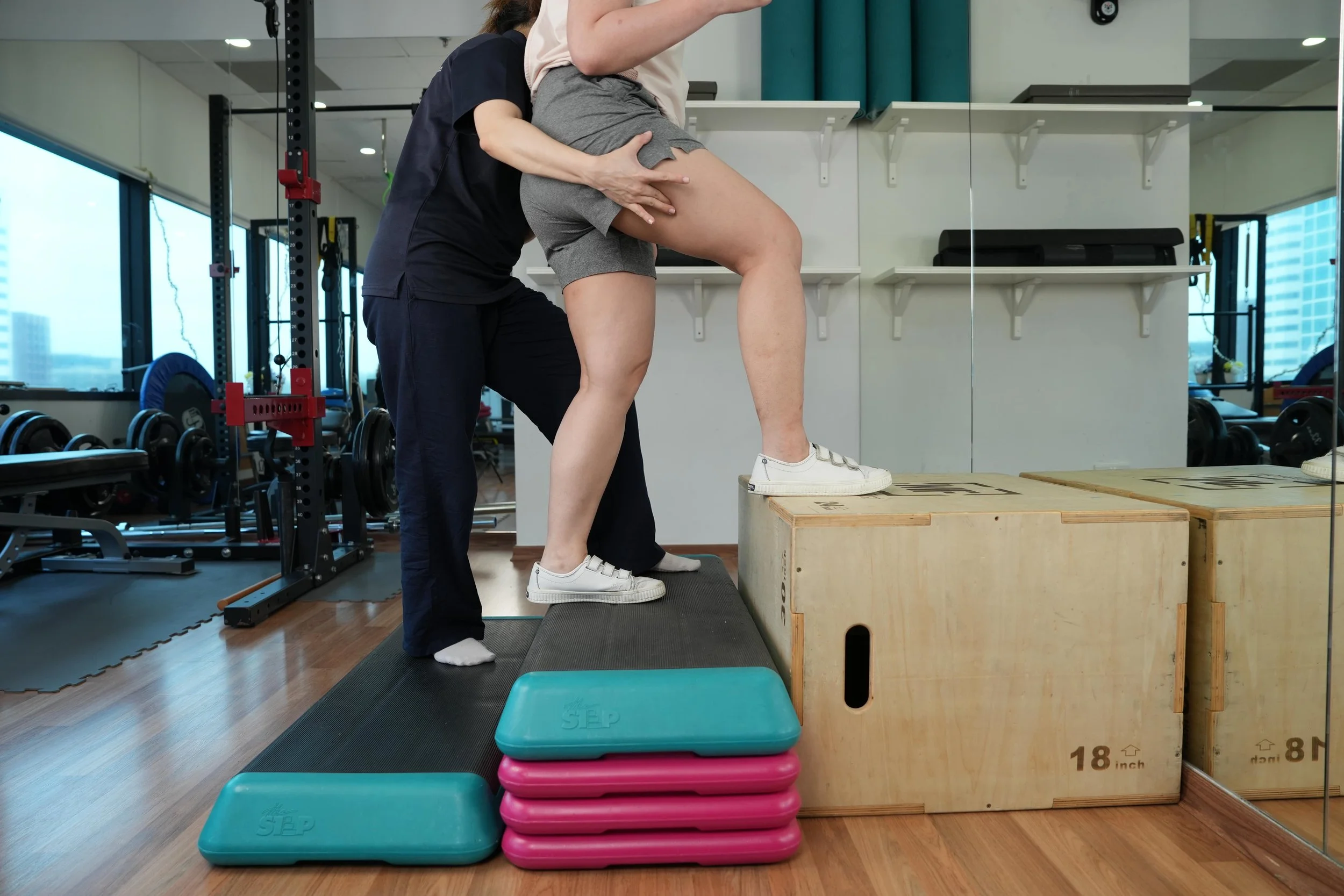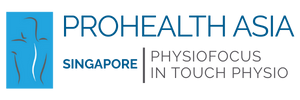
Pre and Post-Surgery
How can our physiotherapists help?
Pre- and post-surgery physiotherapy, often referred to as prehabilitation and rehabilitation, are crucial components of comprehensive surgical care. Pre-surgery physiotherapy aims to optimise physical function before an operation, while post-surgery physiotherapy focuses on restoring function and facilitating recovery after the procedure.
Symptoms, Treatments and Approach
How Physiotherapy Helps Pre-Surgery
Pre-Surgery (Prehabilitation):
Physiotherapy helps improve strength, flexibility, and cardiovascular fitness, preparing the body for the stress of surgery.
It educates patients on post-operative exercises and mobility strategies, promoting a smoother recovery.
It can reduce post-operative complications and shorten hospital stays.
Physiotherapy Treatments for Pre-Surgery:
Targeted strengthening exercises to improve muscle function.
Flexibility and stretching exercises to maintain joint mobility.
Cardiovascular conditioning to enhance endurance.
Education on post-operative exercises and mobility.
Post-Surgery (Rehabilitation):
Physiotherapy helps reduce pain, swelling, and stiffness following surgery.
It restores range of motion, strength, and function, enabling patients to return to their daily activities.
It prevents complications such as blood clots, muscle atrophy, and joint contractures.
Physiotherapy Treatments for Post-Surgery:
Pain management techniques, including manual therapy and modalities like ultrasound or TENS.
Range of motion exercises to restore joint mobility.
Strengthening exercises to rebuild muscle strength.
Gait training to improve walking and balance.
Functional exercises to improve daily living skills.
Scar tissue management.
Oedema management.
Education on home exercises and activity modifications.
By providing tailored pre- and post-surgery physiotherapy, healthcare professionals help patients achieve optimal outcomes, minimise complications, and return to their normal lives as quickly and safely as possible.
